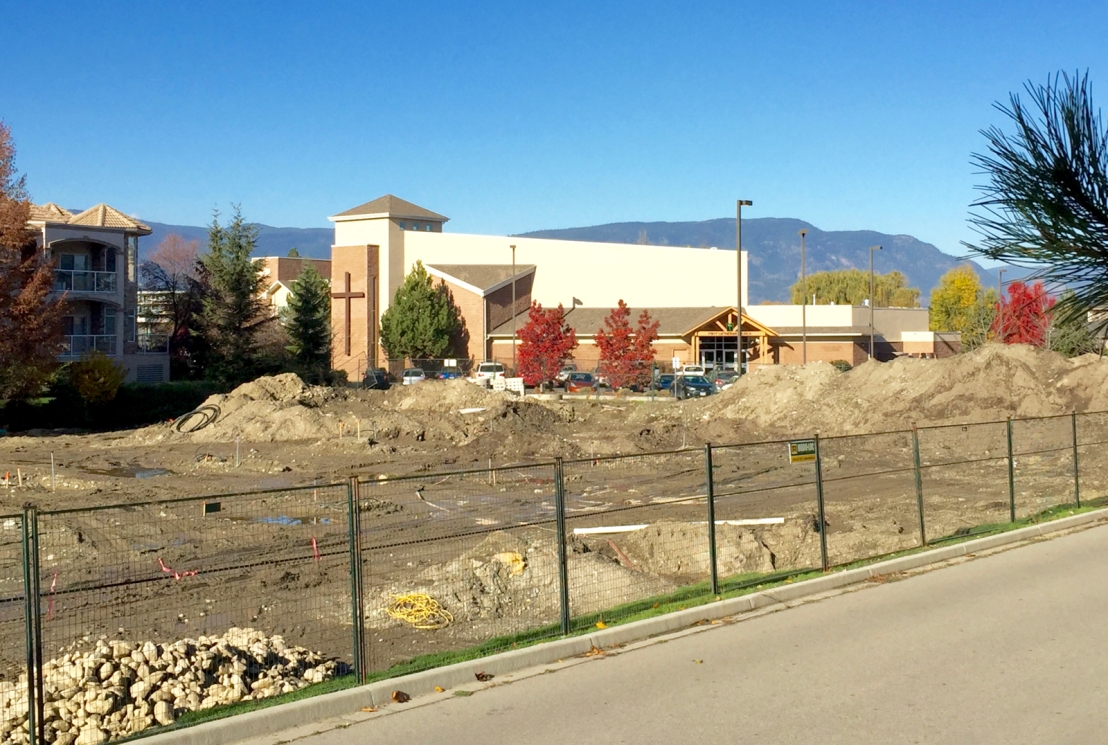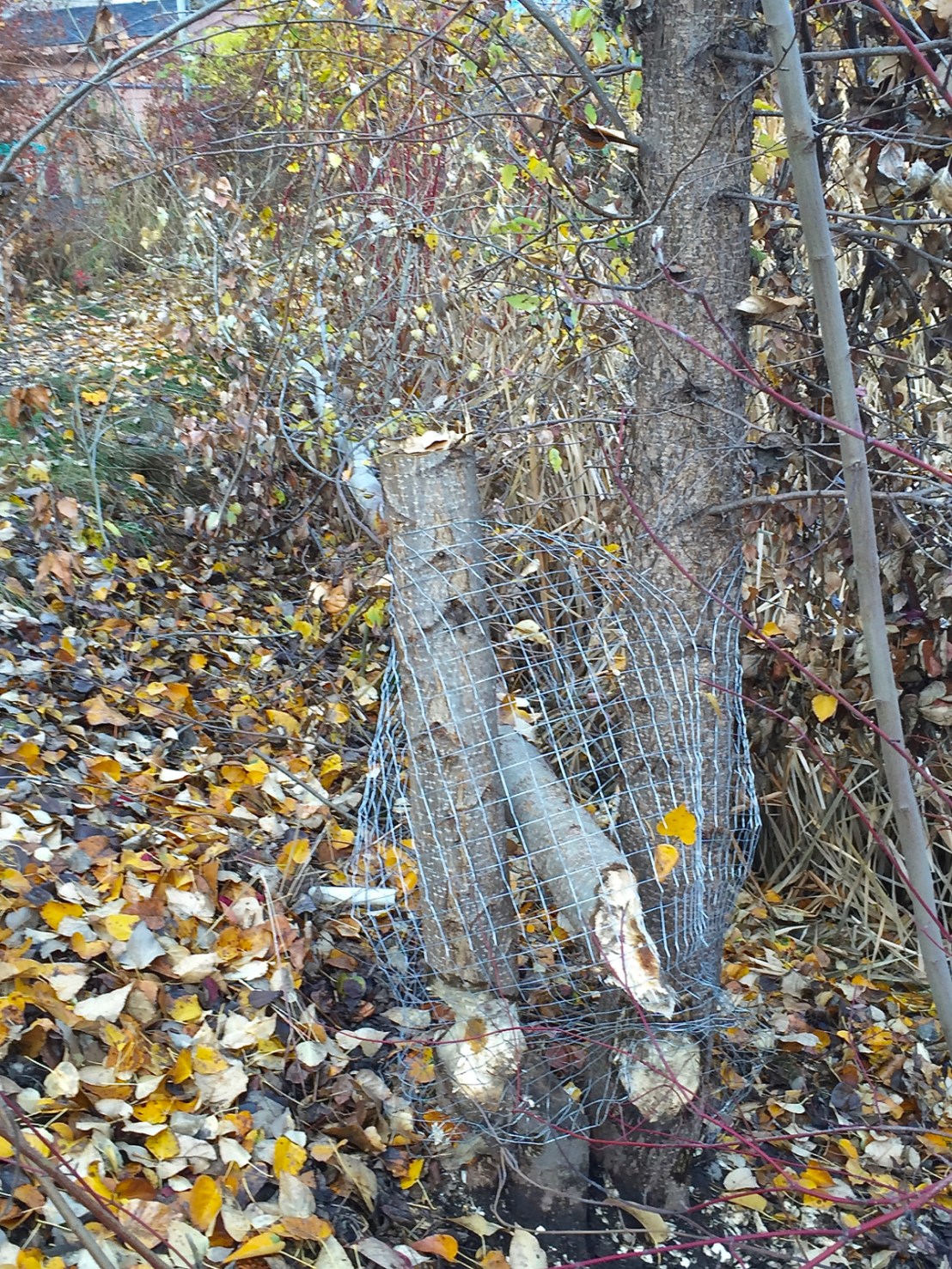
Another day, another change. Yesterday’s threat of snow near the valley bottom was not carried out. Thanks to the powers that be. And this morning there are patches of blue peeking through the doughy skies. Lots to do with Christmas only 22 days away….
Want to pick up from yesterday’s theme: “…the environment we’ve plunked ourselves into has only come into its present form in the last 10 to 20 years. And it continues to evolve beneath our feet. Change waits for none of us.” In that post, I implied gratitude to the City of Kelowna and local organizations for having the wisdom and finding the wherewithal to plan for environmental protection and enhancement as the city grows. When I first saw Kelowna in 1969, it was just a large town. Canadian census figures show how it has grown in population in the last half century (three quarters of my lifetime).
Kelowna’s Population Growth
Sudden jumps in numbers reflect times when city boundaries were expanded by incorporating other districts.
| 1966 | 17,006 | +29.0% |
| 1971 | 19,412 | +14.1% |
| 1976 | 51,955 | +167.6% |
| 1981 | 59,196 | +13.9% |
| 1986 | 61,213 | +3.4% |
| 1991 | 75,950 | +24.1% |
| 1996 | 89,442 | +17.8% |
| 2001 | 96,288 | +7.7% |
| 2006 | 106,707 | +10.8% |
| 2011 | 117,312 | +9.9% |
By 2011 (five years ago), “Kelowna [was/is] the third largest metropolitan area in the province and ranks as the 22nd largest in Canada, with a [metro] population of 179,839….”
(https://en.wikipedia.org/wiki/Kelowna)
There are plenty of signs that the trends above are continuing; it will interesting next year to analyze the numbers from the 2016 census.
Much of Kelowna City’s land area on the east side is protected under the province of BC’s Agricultural Land Reserve laws. Those sections outside that sanctuary, however, are seeing continued construction mainly of housing including condominiums and rental apartments, as well as some commercial outlets and industrial properties. Some of this construction will impact the very environmental blessings my wife and I have enjoyed in our two years here.
I’ll be brief and very local. The map below shows how two condo construction projects are now underway between our home and Lakeshore Drive, in the area close to Belmont Park and Ponds. The one in the northwest corner of the map is actually an improvement over a structure that was there before. The one south of the Lutheran Church parking lot, closest to our condo, however, for as many years as most people in the neighbourhood can remember, has been a vacant lot. Indeed, earlier proposals to develop the property were effectively opposed by local residents or failed for lack of funds or adverse economic conditions. This fall, however, construction of an 18-unit townhouse complex is underway.

In our two years, here, the vacant lot has been a breeding site for a family of Killdeers.
The stone foundation under our condo has been used by a colony of Violet-Green Swallows that pretty well kept the neighbourhood free of mosquitoes. They would sweep across Belmont Pond and over the vacant lot and enter the small spaces between the large cement foundation blocks to feed their young ones inside.
It will be very interesting to see what transpires over the next six months. The swallows will return in March, well before the completion of the townhouses I believe. Will they adapt to the changes? How will other birds and turtles escaping from the pond be affected by their loss of this land?

Don’t get me wrong! Our own condo development and many of our neighbours’ were constructed after 2001. There was a time, not long ago when there were no homes where Belmont Park is now, where caring families along the fences support the birds that visit their properties. Indeed, there was no park with its portion of the arboretum that the city put in place around the turn of the century (that’s only 16 years ago!). Belmont Pond, before the trees and cattails grew up around it was just a gravel pit. The fish that sustain Ralph the Great Blue Heron, the Mission Rec Field Ospreys, and the many other waterfowl that feed on them are mostly goldfish and koi that were (thoughtlessly?) discarded there years ago. The Western Painted Turtles likely found the ponds by themselves, migrating from other waterways nearby.
In the last two years, as I’ve watched the cattails get beaten down in fall by our limited snowfall, the Red Osier Dogwoods, Oregon Grape, Virginia Creeper, and various other hedge shrubs and grasses have grown a little taller and thicker. And then in spring, the cattails come roaring back to life even denser and taller and block the view of the pond on the south and west sides. I asked the arborist who trims back the Privet hedge marking the school boundary on the west side to cut some holes in the growing shroud along the pond; he said he’d think about it.
Photos coming
Meanwhile, a beaver has moved into the area and has been doing some clearing that most of us would rather he wouldn’t. Even the wire cages wrapped around the larger deciduous trees on the margin of the pond haven’t stopped him. He just pushes in and gnaws away. Several trees that were well used by warblers last spring are gone! On the other hand, the bushes that once hid the small pond now have a hole in them just like the one I’d asked the arborist to create. I’m thinking I want to train the beaver to be a little more discriminating on the big pond!

The blue holes of earlier in the morning have closed. Now I feel blue….



















